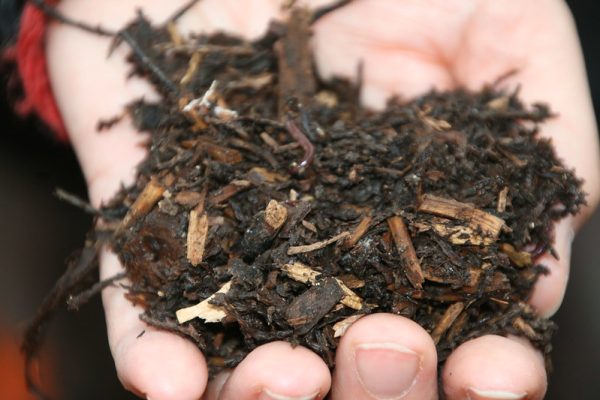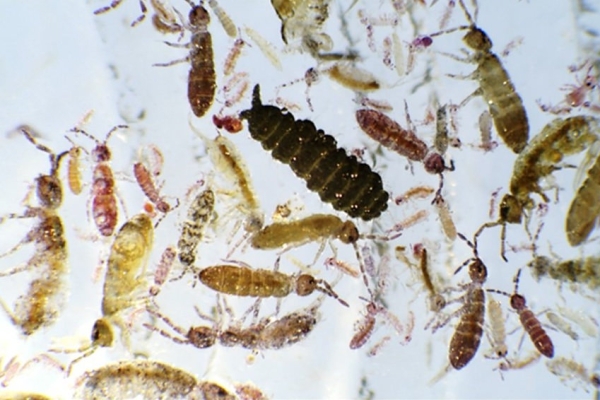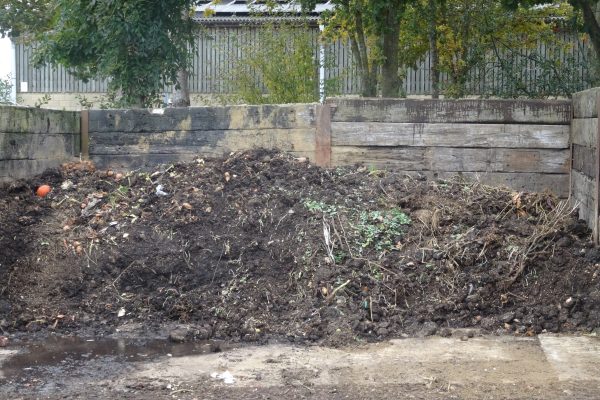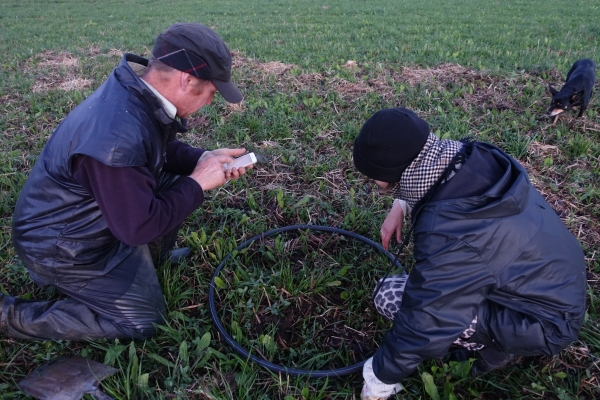What is a healthy soil?
A healthy soil is vital to ensure both high yields and future high yields, as well as environmental protection – there are no negative consequences on the ecosystem from having a healthy soil! But what is a healthy soil?
Soil health can be defined as a soil’s ability to function and sustain plants, animals and humans as part of the ecosystem. However, due to the opacity of the soil and the fact that (most of the time) plants grow, the health of the soil is often over looked. There are five main factors that impact the health of the soil and can have a large influence over its capability and resilience to function, they are:
- Soil structure
- Soil chemistry
- Organic matter content
- Soil biology
- Water infiltration, retention and movement through the profile
A healthy soil will have a good combination of all these factors, whilst an unhealthy soil will have a problem with at least one of these. Whether there are structural problems – compaction, plough pans; or water-logging; these issues will have a cascade effect until all the other factors are impacted. A healthy soil will provide a buffer to extremes in temperature and rainfall – reducing the impact of extreme weather events; it will also be able to maintain productivity and function within an agricultural system. A healthy soil has plenty of air spaces within it, maintaining aerobic conditions.
When a soil has limited air spaces, anaerobic conditions dominate, leading to waterlogging and stagnation of roots and the proliferation of anaerobic microbes and denitrification (the loss of nitrogen from the system). A healthy soil will filter water slowly, retaining the nutrients and plant protection products (PPP) applied to the crop. If rainfall moves through the soil profile too quickly or if it is prevented from entering the soil through compaction or soil sealing, surface runoff increases, taking soil, nutrients and PPP with it, increasing the risk of flooding.
The potential of cover crops and no-till
At the Allerton Project we have been involved in investigating the sustainable intensification of agriculture through different experiments. Some researchers have investigated cover crops – which have been suggested to be the answer to everything; reducing soil erosion and leaching, whilst increasing water retention, soil organic matter and improving soil structure, as well as potentially suppressing weeds – although our results at this time do not confirm all of this. Other research has focused on moving away from conventional agricultural practice, with greater emphasis on no-till.
One of the fields at the Allerton Project has not been ploughed for the last 14 years and the soil structure is visibly different compared to other soils on the farm. No-till systems can help improve soil fertility, create changes to the structure and properties of the soil due to the stability of the environment, and enhance soil biology. Over time the no-till field has had the highest yields compared to the conventional field equivalent on the farm. Soil compaction is easily created – one pass of farm machinery at the wrong time (when the soil is waterlogged) can create a compacted layer, which can take many years to remediate. Understanding the mechanisms of compaction and how to alleviate it is another experiment occurring at the Allerton Project this year.
Overall, crop choice, rotation, and management, as well as establishment practice and maintenance can all greatly affect the “health” of the soil.
- The video footage above was recorded on a farm tour during the Allerton Project 25th Anniversary Open Day in June 2017. In it, Felicity looks at soil profiles extracted from different fields and compares the structures, levels of organic matter, root penetration and what it tells us in relation to earthworm activity. She also explains what can happen if you leave soil bare over winter, comparing samples representing a cover crop, grass-clover ley, spring barley, and bare fallow.
- Attached is video footage taken on the same day of Jane Rickson, Professor of Soil Erosion and Conservation at Cranfield University’s Soil and AgriFood Institute, talking about what constitutes soil health or soil quality. She refers to soil physical characteristics, soil biology, and soil chemistry, emphasising the importance of measuring and monitoring them over time. She shows and describes what the structure of soil tells us in relation to water retention and drainage, aeration, and implications in relation to compaction. She emphasises the importance of having different-sized clods within a soil profile and refers to 5 important soil quality indicators, highlighting the interrelatedness of all of them.
- Also see this short video where Jane effectively demonstrates how precious our soil is using the analogy of an apple.
Learn more:
There is a wide array of resources, blogs and farmer profiles on Agricology that explore the meaning of soil health and how it can be measured and improved. Here are some to get you started:
- ‘How do you test your soil health?‘
- ‘The role of soil biology in crop nutrition’
- ‘Agroforestry and using woodchip to improve soil health’
- ‘Soils and biodiversity’
- ‘Soil assessment methods’
- ‘Healthy Grassland Soils pocketbook’
- ‘Simply Sustainable Soils’
- ‘Earthworms – architects of fertile soils’
- Ed Hamer grower profile
- Andrew Howard farmer profile
- Charles Dowding grower profile
- Phil Jarvis farmer profile








